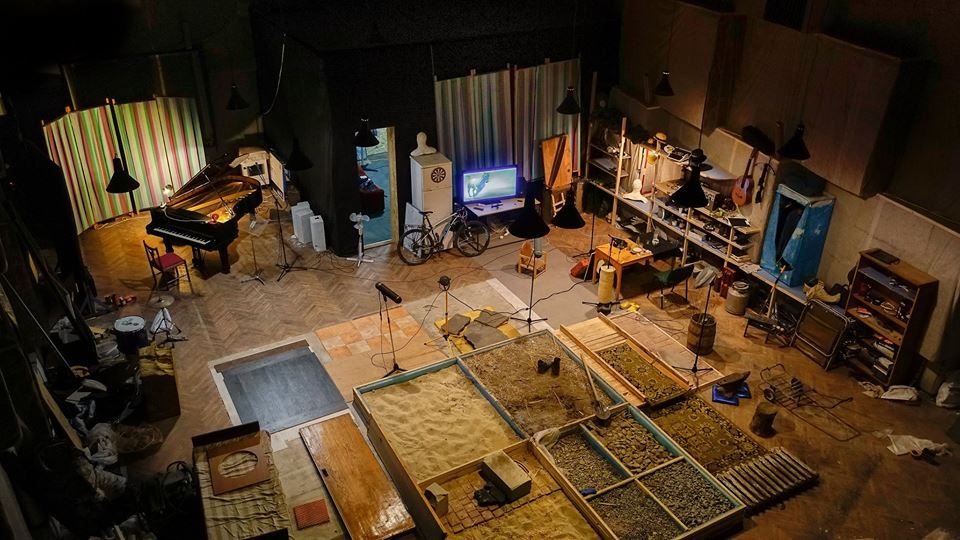https://web.microsoftstream.com/video/b6e98932-28cf-463d-8c27-957c1fa02227
All posts by Hannah B
Filters
Sound Of Metal First Response
Film- Sound of Metal (2019, Marder)
Rating- 7/10
Memorable Scene- When Rueben loses his hearing at the concert
Film Element Focus- Sound

Leitmotif
Leitmotifs are a short, recurring, musical phrase often used to alongside and idea, concept, place or location. Using these alongside each other makes the audience associate the two of them together. By doing this the film can guide the audience to feeling certain emotions when the music is played.
For example if the main villain has a leitmotif, the audience knows they are nearby whenever the music is played, without even needing to show them on screen yet which can be used to create tension for the audience.
An example of this is in Jaws, whenever he is nearby the audience hears his Leitmotif, warning them of his presence before the characters.

Foley Artists-
Foley Artists work as a part of post production, recording and creating sound effects for the film. They often record small details like the rustling of clothing or footsteps as characters move, and make sure that they sync up perfectly to the image.

Synchronous and Asynchronus Sound
Synchronous sound is when the sound/music matches with actions performed on screen- often when a character plays an instrument the sound will line up with what they are doing.
Synchronous sound can be used for Needle drop moments, with a character listening to music in the story and allowing the audience to listen to it alongside them.
Asynchronous sound is when there is a sound with no visible source on screen. This is often used to create tension as the audience question the source of the sound.
Diegetic and Non Diegetic Sound-
Diegetic sounds are sounds that can be heard in the universe of the film, most dialogue is diegetic as well as sound effects like footsteps and doors opening.
Non Diegetic sounds are things that the audience can hear that cannot be heard by the characters, this can include things like narration and an underscore. These are often used to emphasise certain concepts with something outside of the things that may be seen on screen.
Sound Definitions
Sound Editor- Responsible for all of the film’s sound elements, like dialogue, sound effects, etc. Often works during production.
Sound Mixer- Responsible for how the audience hears the sound, which parts to be emphasise/tone down. Often works during pre-production.
Whiplash first Response
Film- Whiplash (2014, Chazelle)
Rating- 8/10
Memorable Scene- Final Scene
Film Element Focus- Editing
Match Cutting- Editing
Match On Action- A technique where the editor cuts from one shot to another view that matches the first one’s action. This emphasises a connection between the two subjects.
Graphic Match- A technique where the editor cuts from one shot to another with similar shapes, colours, or composition. This allows the audience to draw a connection between the shots.
Eyeline Match- A technique where the editor cuts from a shot of a character seeing something to a shot of what the character is seeing to allow the audience to understand what is going on.
Editing Definitions
L-Cut- In this technique, the audience sees Character A speaking and the scene cuts to Character B as A continues their dialogue into the next scene/shot, allowing the audience to see B’s reaction.
J-Cut- The opposite of an L-cut. In this technique, the audience sees Character B but only hears Character A, and then cuts to Character A. This allows the audience to see B’s reaction.
